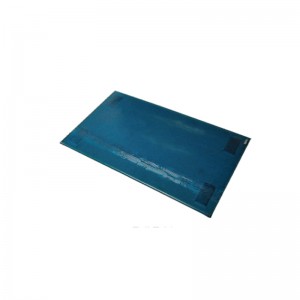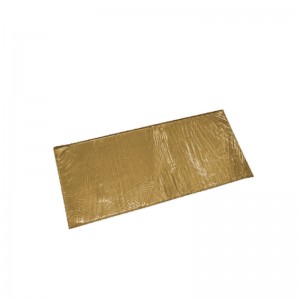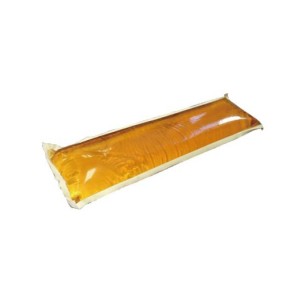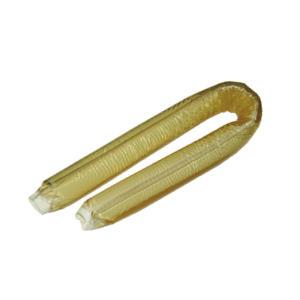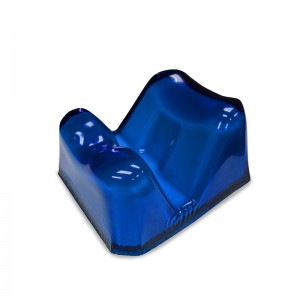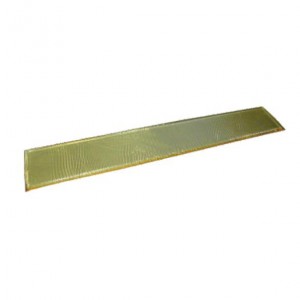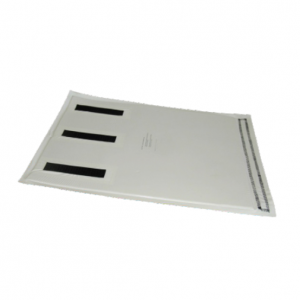
Overlay pad ORP-OP (Surface Overlay)
Table pad ORP-OP
Model: ORP-OP
Function
1. Placed on operation table to protect patient from pressure sores and nerve damage. Distribute the patient's weight on the entire surface
2. Suitable for surgery in different positions
3. Soft, comfortable and versatile
4. Ensure patient comfort by insulating them from cold, hard table surfaces
| Model | Dimension | Weight |
| ORP-OP-01 | 60 x 16 x 1cm | 0.83kg |
| ORP-OP-02 | 40 x 24 x 1.5cm | 1.24kg |
| ORP-OP-03 | 50 x 30 x 1.5cm | 1.94kg |
| ORP-OP-04 | 75 x 16 x 2cm | 2.07kg |
| ORP-OP-05 | 50 x 40 x 1.5cm | 2.6kg |
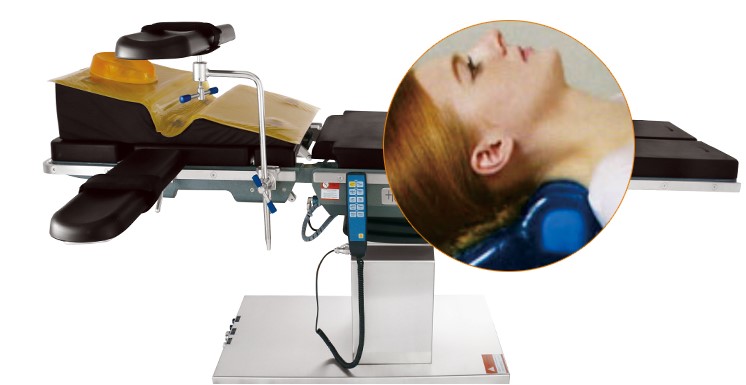
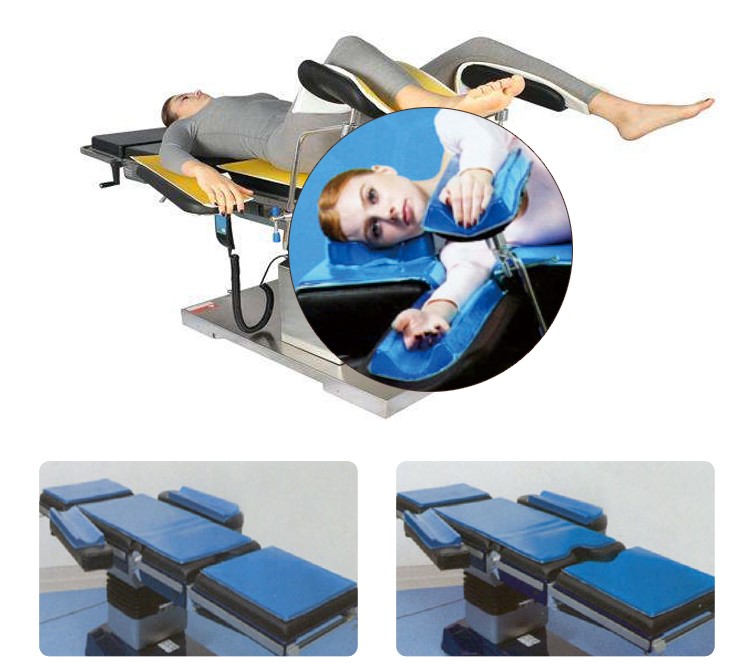
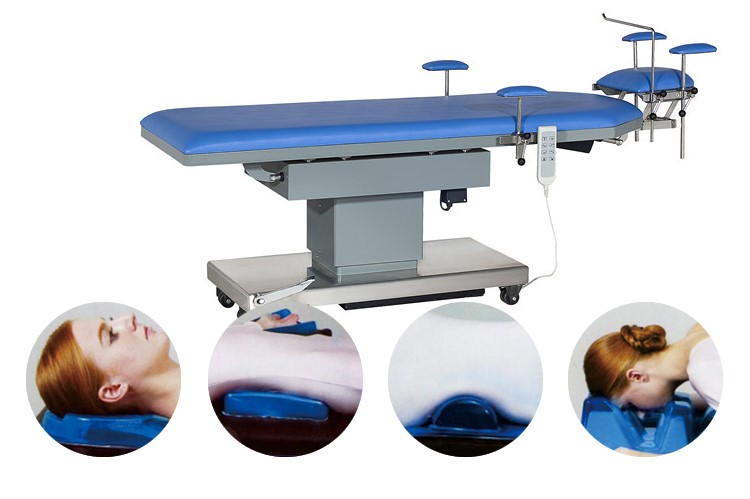
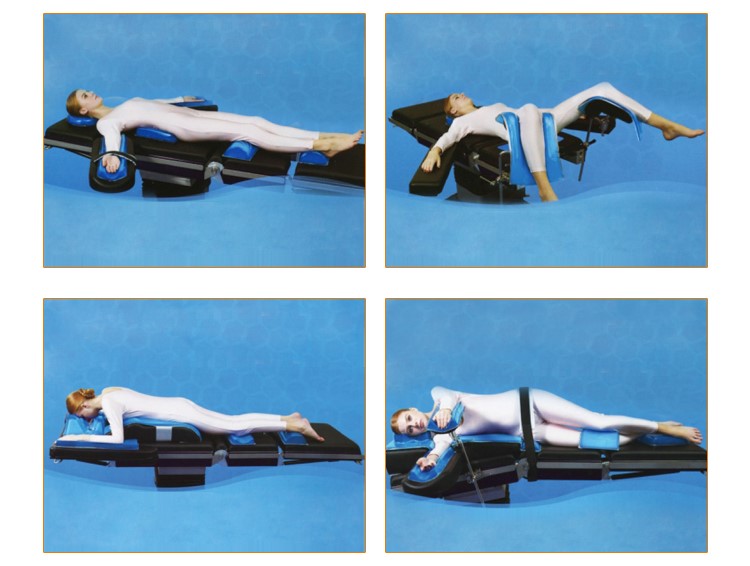
Product parameters
Product Name: Positioner
Material: PU Gel
Definition: It is a medical device which is used in an operating room to protect patient from pressure sores during surgery.
Model: Different positioners are used for different surgical positions
Color: Yellow, blue, green. Other colors and sizes can be customized
Product characteristics: Gel is a kind of high molecular material, with good softness, support, shock absorption and compression resistance, good compatibility with human tissues, X-ray transmission, insulation, non-conductive, easy to clean, convenient to disinfect, and does not support bacterial growth.
Function: Avoid pressure ulcer caused by long operation time
Product characteristics
1. The insulation is non-conductive, easy to clean and disinfect. It does not support bacterial growth and has good temperature resistance. The resistance temperature ranges from -10 ℃ to +50 ℃
2. It provides patients with good, comfortable and stable body position fixation. It maximizes the exposure of the surgical field, reduce the operation time, maximize the dispersion of pressure, and reduce the occurrence of pressure ulcer and nerve damage.
Cautions
1. Do not wash the product. If the surface is dirty, wipe the surface with a wet towel. It can also be cleaned with neutral cleaning spray for better effect.
2. After using the product, please clean the surface of the positioners on time to remove dirt, sweat, urine, etc. The fabric can be stored in a dry place after drying in a cool place. After storage, do not put heavy objects on top of the product.
Positioners help to prevent pressure uler.
Key risk factors that may predispose the patient to developing a pressure ulcer and why surgical procedures may increase this risk
| Health status | People who become acutely unwell and require emergency surgery may have periods of hypotension and extended time in surgery, which may contribute to skin breakdown. Additionally, those who have had chronic illness may also be vulnerable due to the systemic impact of their illness prior to surgery |
| Mobility | Immobility may be the greatest risk to skin integrity. The normal response to pressure is to move or reposition. A person’s ability to move in response to pressure while in surgery is severely compromised, therefore, placing them at high risk of pressure ulcer development |
| Posture and correct positioning | Positioning for certain types of surgery will place pressure on areas which may not normally be associated with pressure. Failure to take account of this may lead to skin breakdown |
| Sensory impairment/loss of consciousness | Reduced awareness of pressure leading to reduced spontaneous movement. People who have had strokes or those with a spinal cord injury are among those who would be vulnerable due to sensory impairment, however, general and spinal anaesthesia both render the patient unable to respond to stimuli |
| Nutritional status | There is a significant link between poor nutritional status and pressure ulcer risk. Patients who have chronic disease prior to surgery may be at risk of malnutrition and this risk could be reduced with appropriate preoperative nutrition. Also consider adequate hydration |
| Pain status | When we are in severe pain we may reduce the number of times we move or reposition ourselves. It is important to assess a person’s pain regularly in the post-operative phase and if necessary make sure they have adequate analgesia to allow them to reposition themselves with comfort |
| Moisture/continence/wound exudate | Whether due to incontinence, excessive perspiration and/or wound exudate, excessive moisture can make the skin more fragile and at risk of damage |
| Previous pressure damage | Scar tissue, for example, from an old pressure ulcer, is never as strong as undamaged tissue. In some areas it may have little or no blood supply. It is more vulnerable to breakdown |
| Medication | Anaesthetic agents in theatre will render the patient unable to respond to stimuli. Steroid therapy can affect collagen in the skin making it more susceptible to breakdown and will negatively affect healing. Inotrope therapy can reduce peripheral circulation, putting patients at risk of reduced skin integrity |
| Extremes of age | Neonates and very elderly people have more fragile skin. In the elderly, several changes occur in the skin and its supporting structures, which may predispose their skin to pressure, shearing and friction related ulcers |


